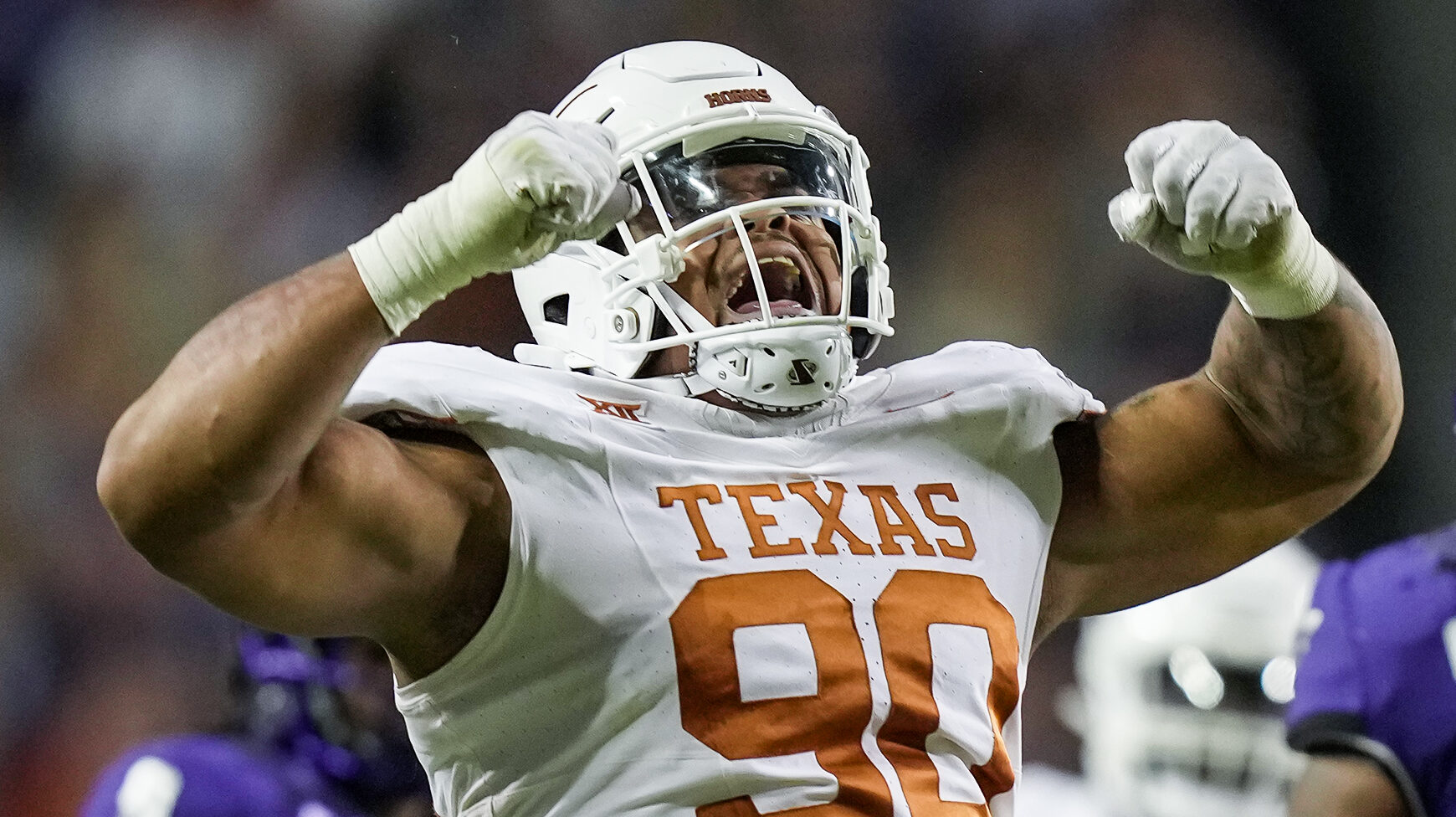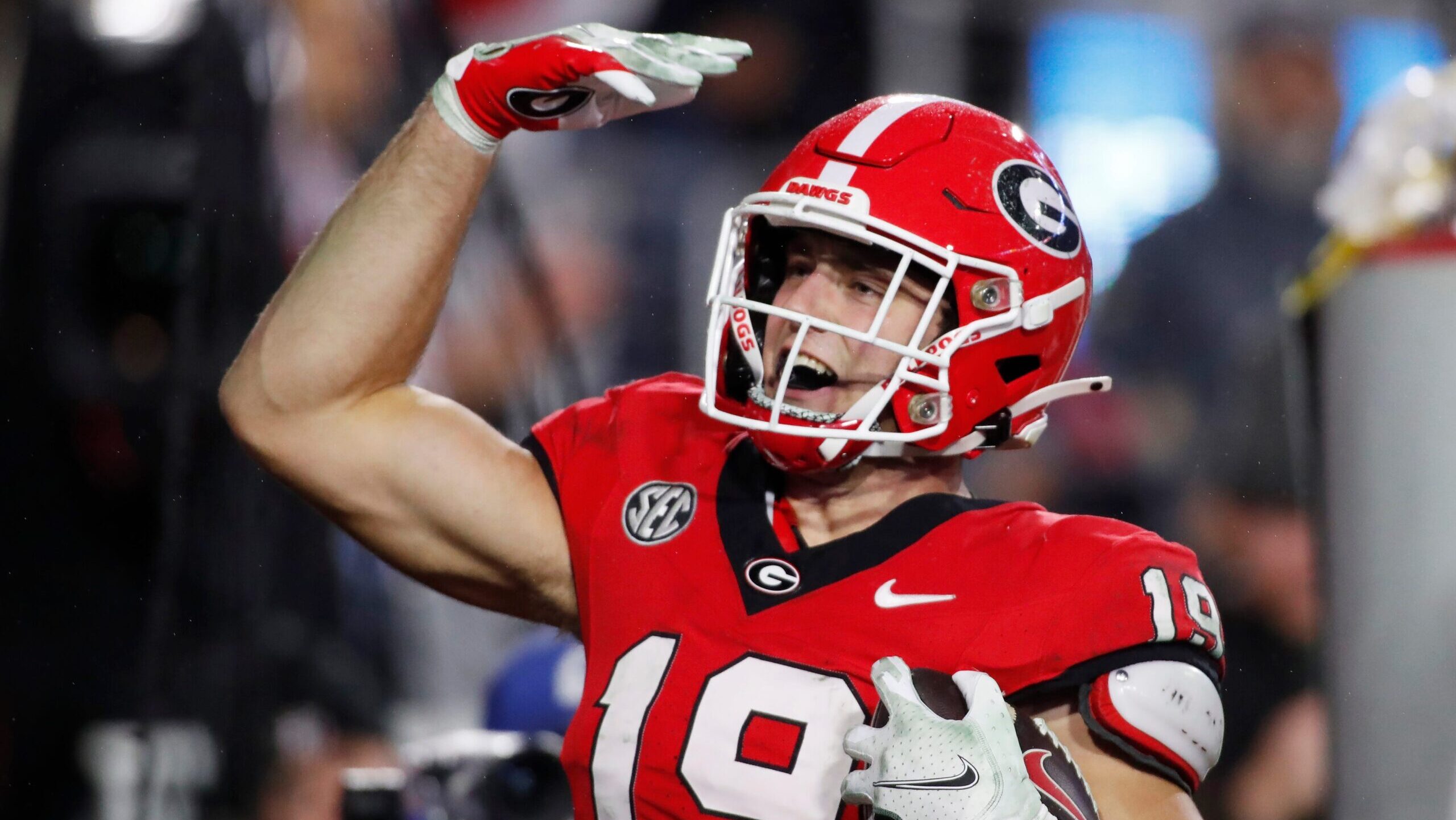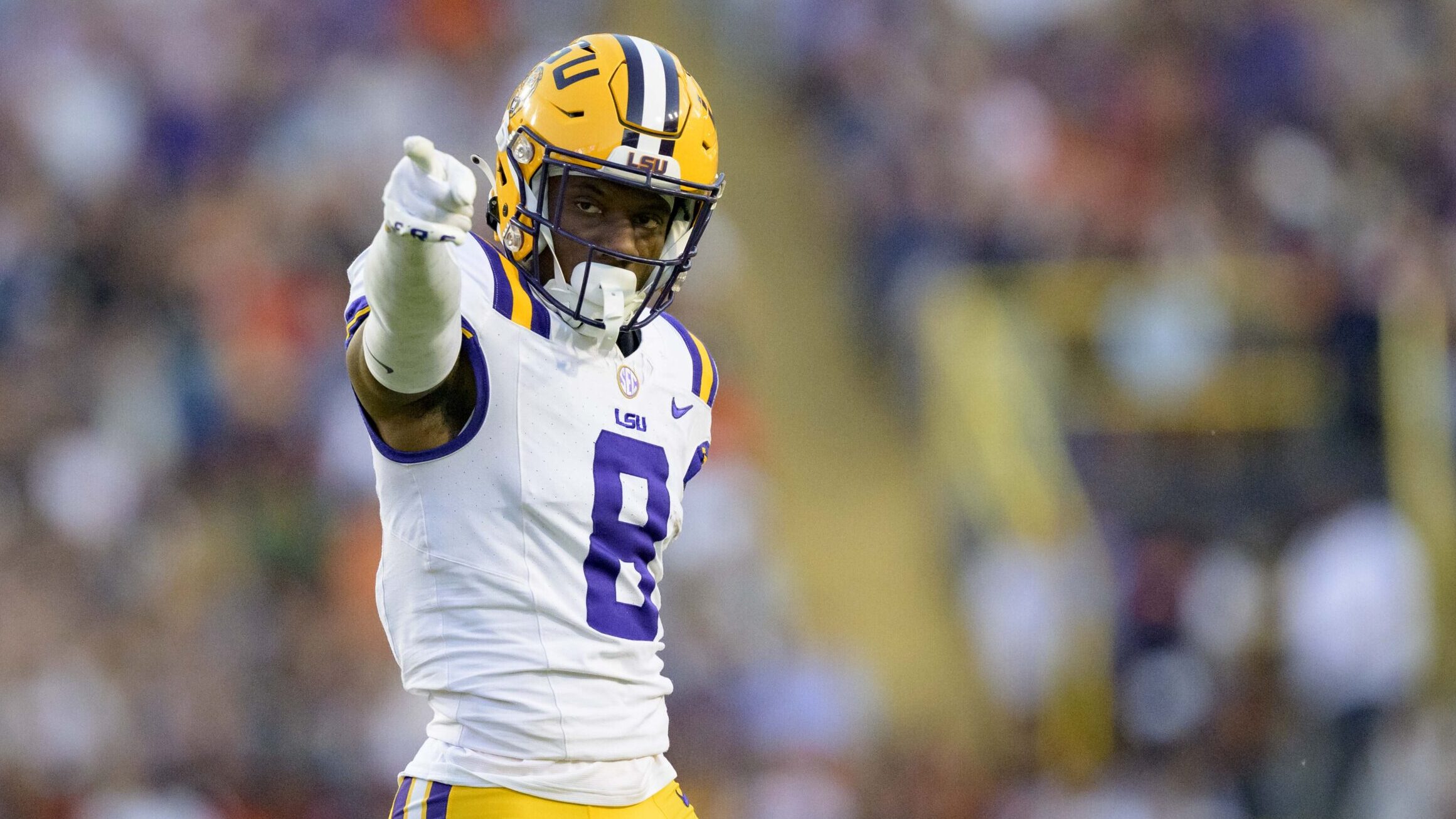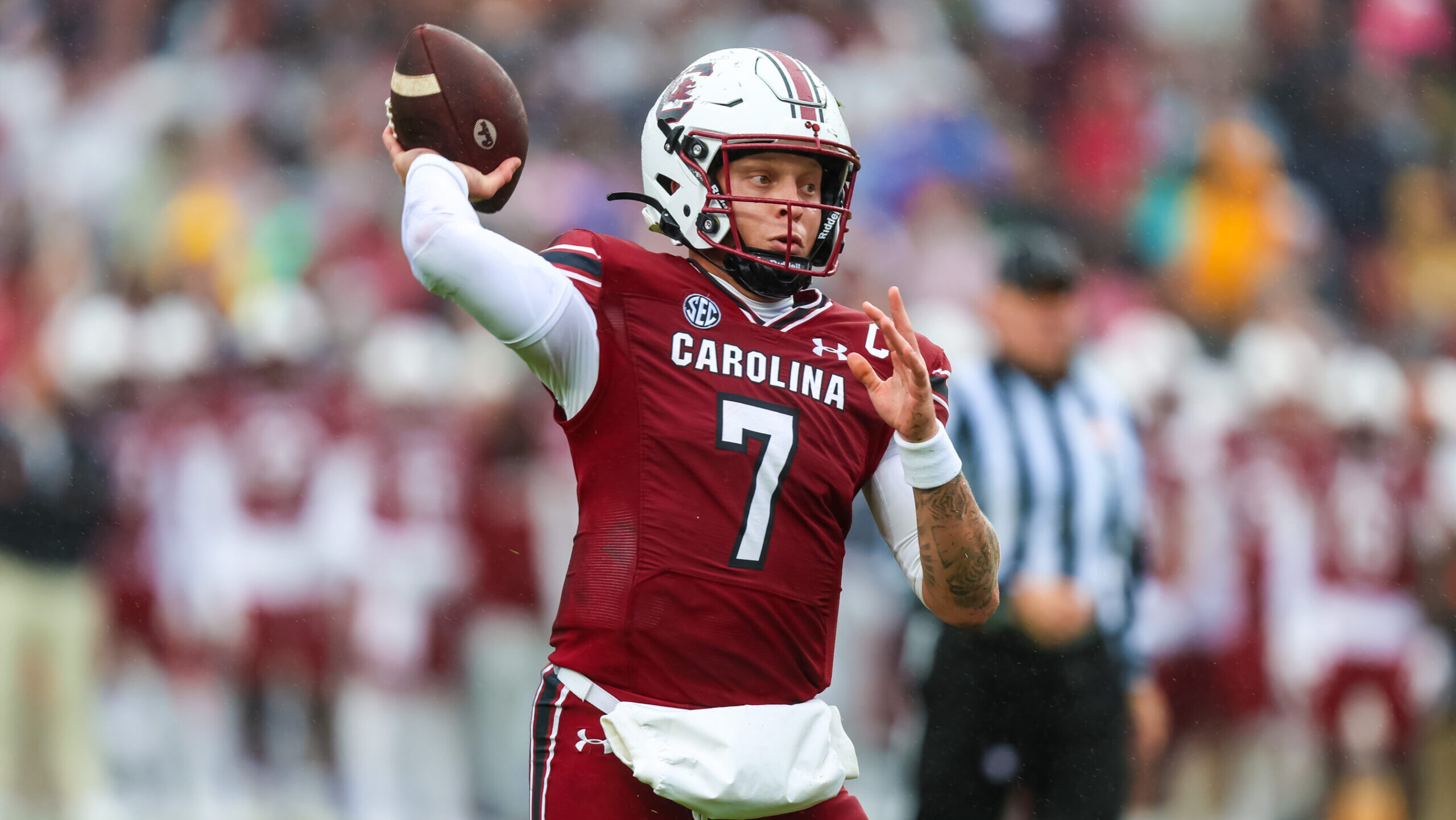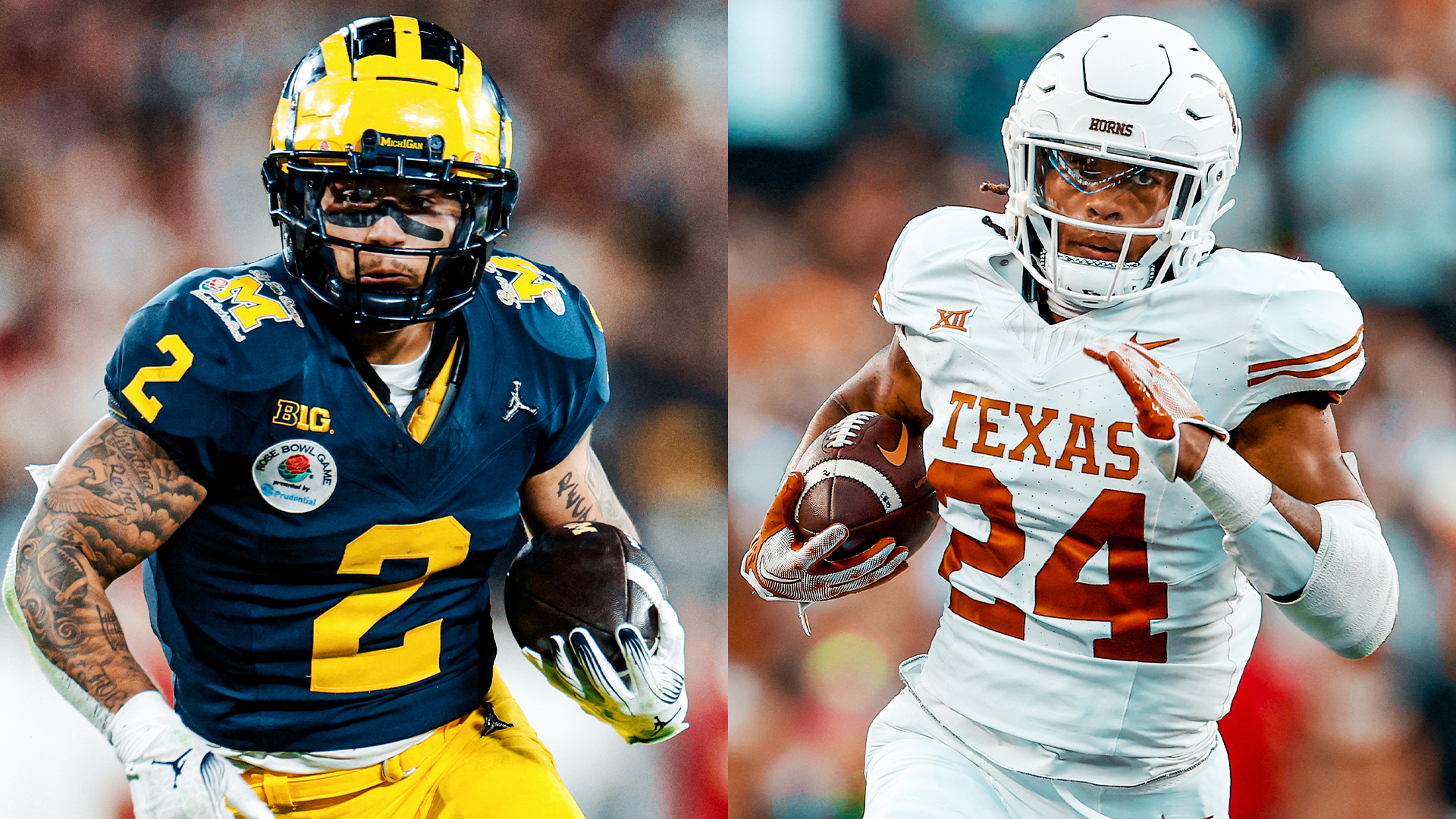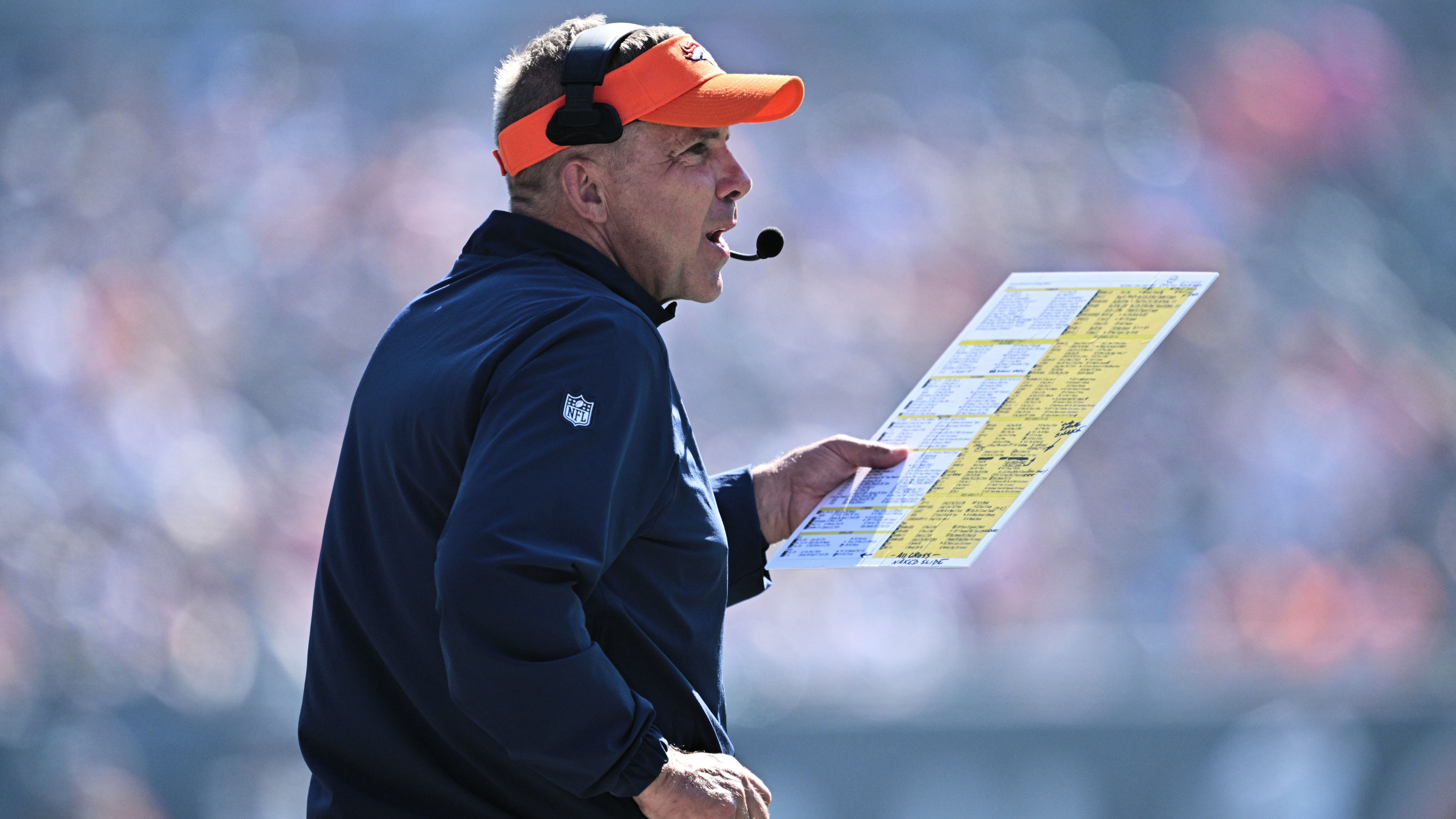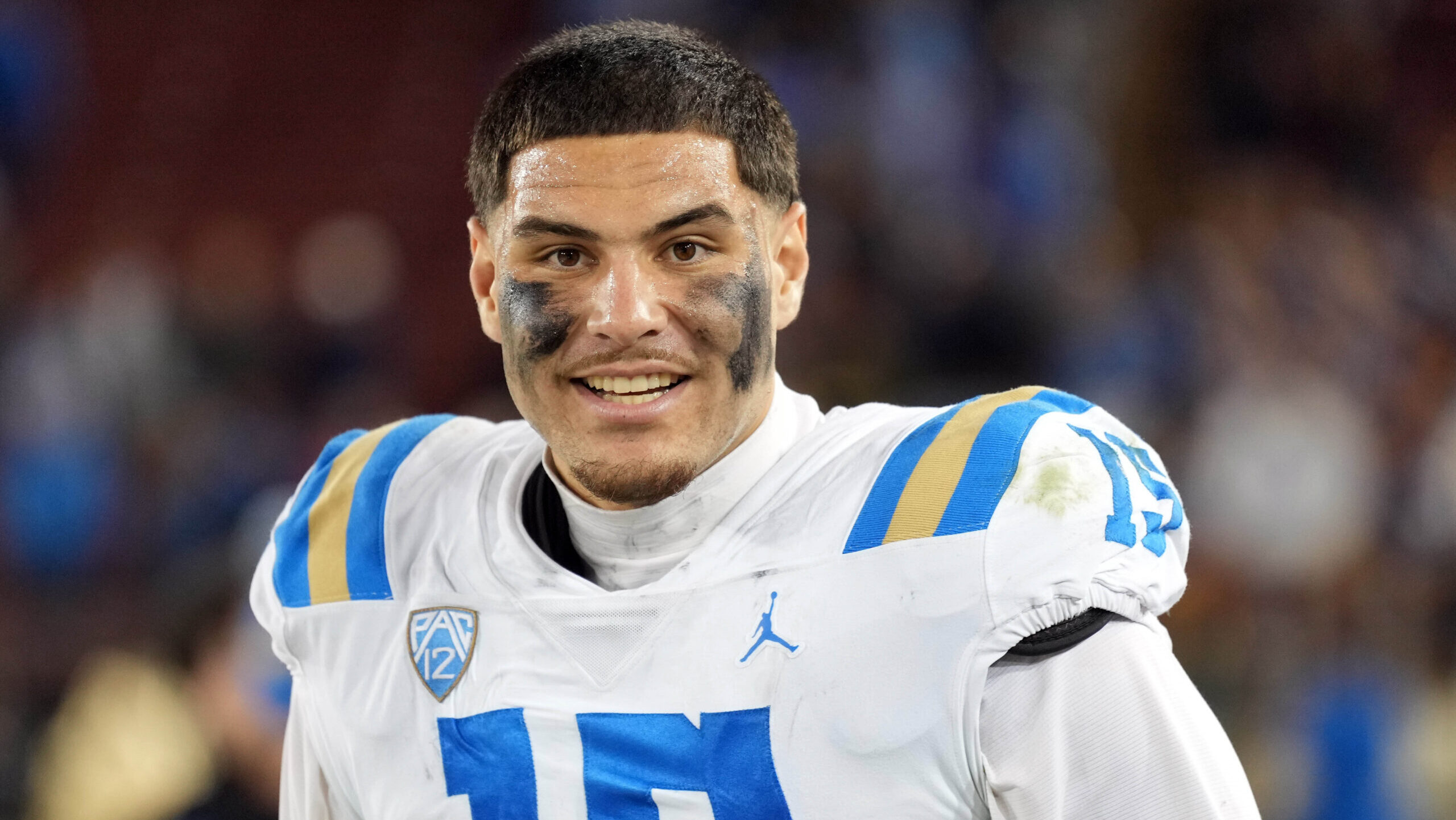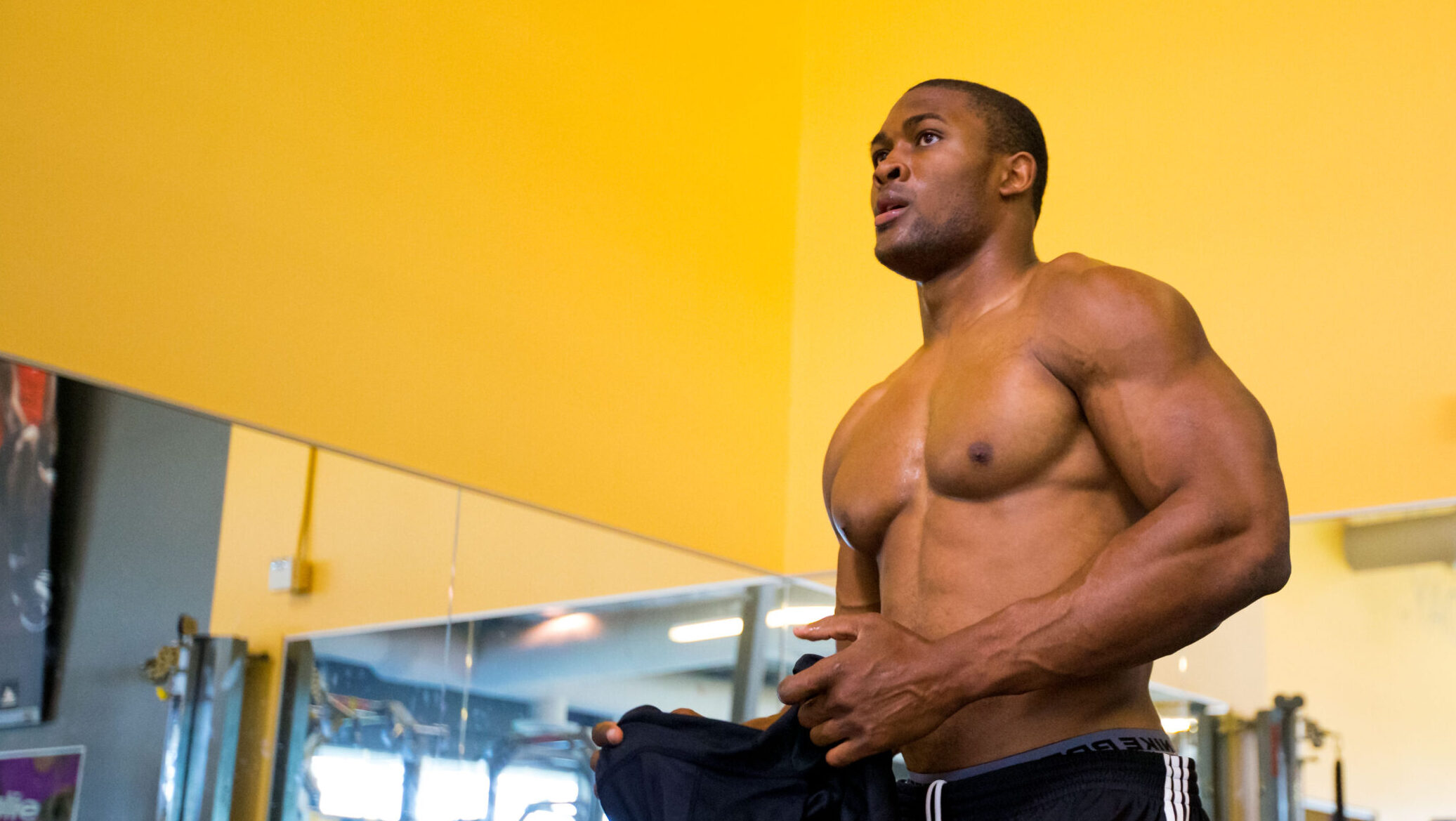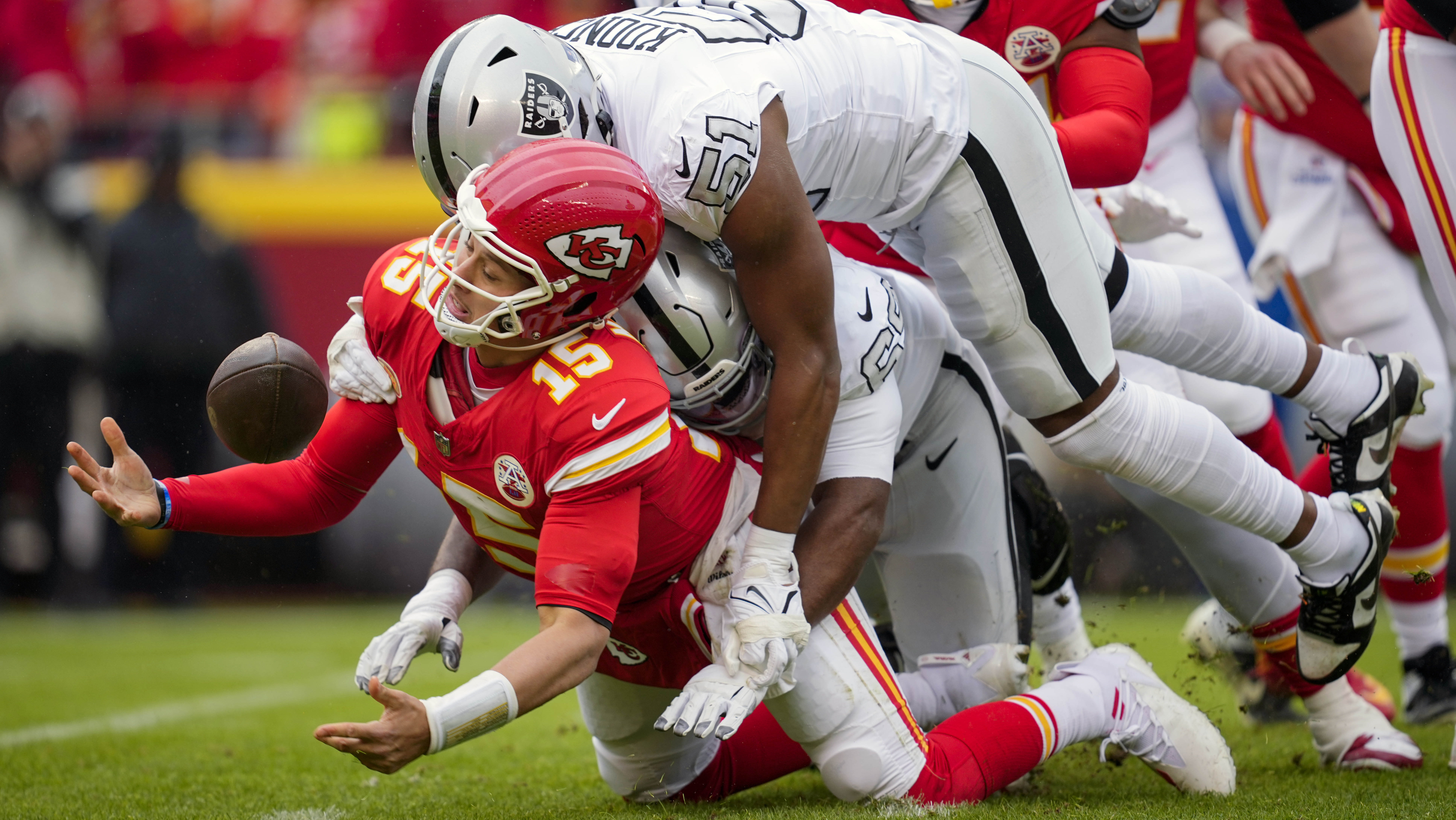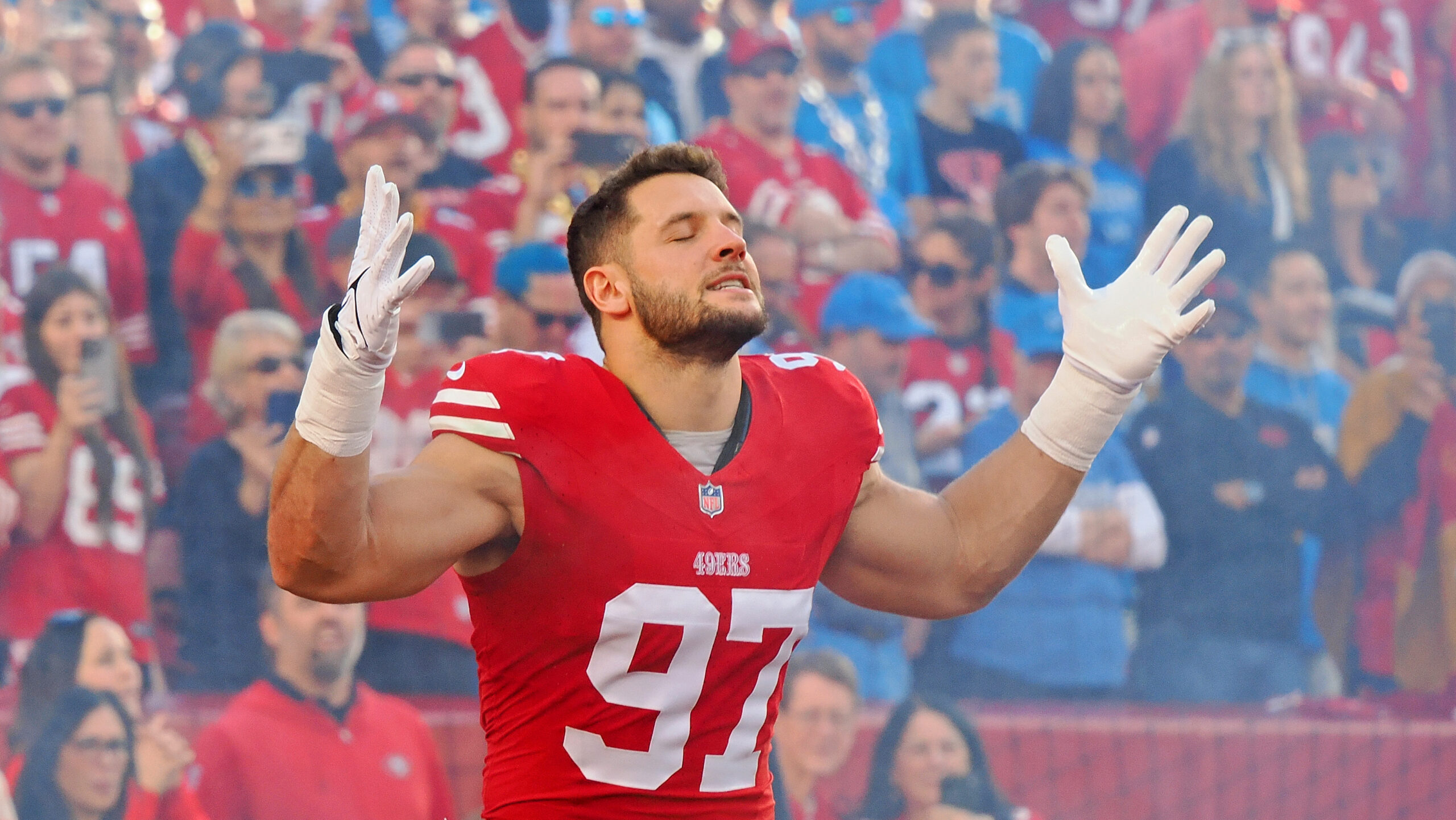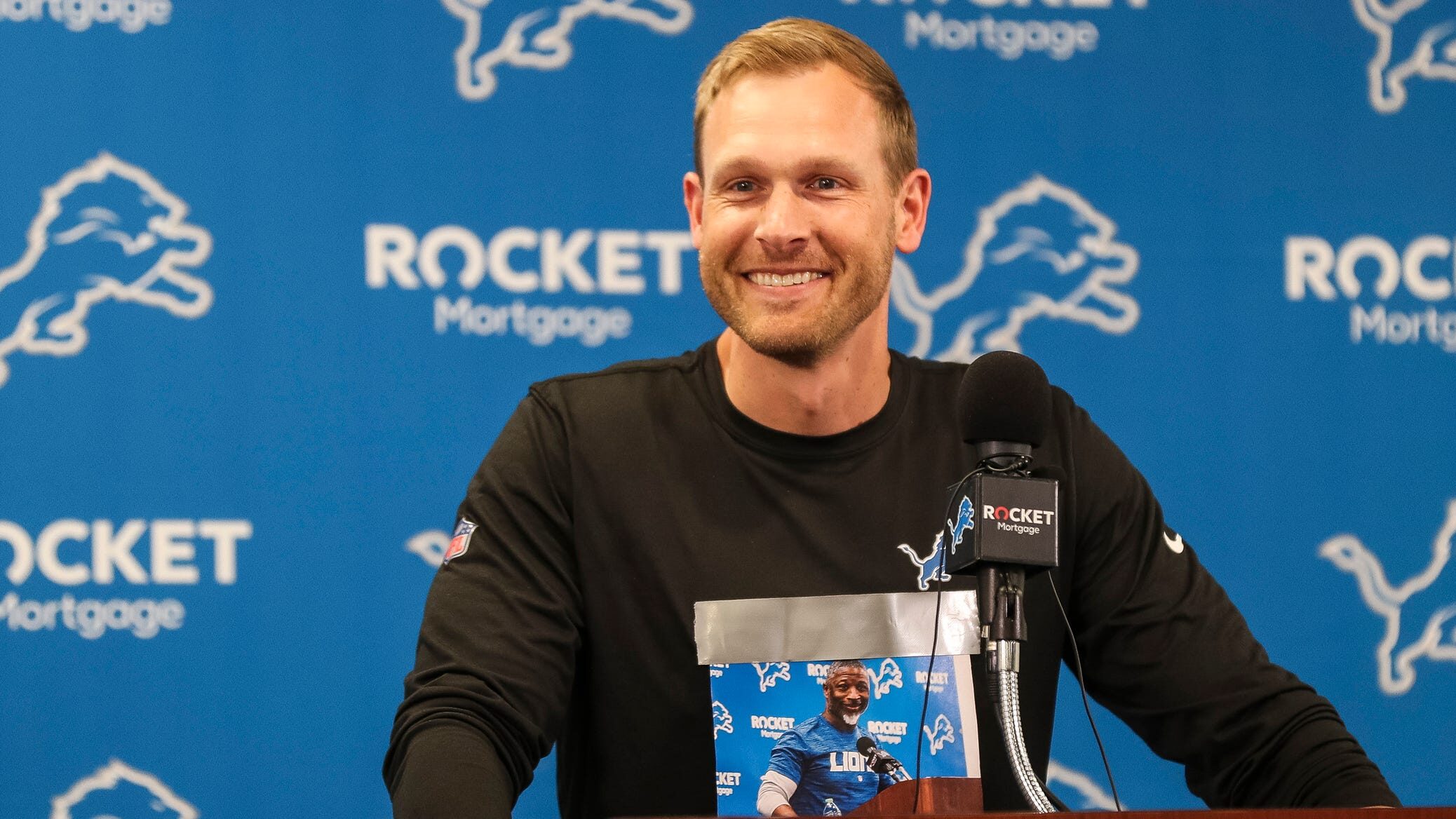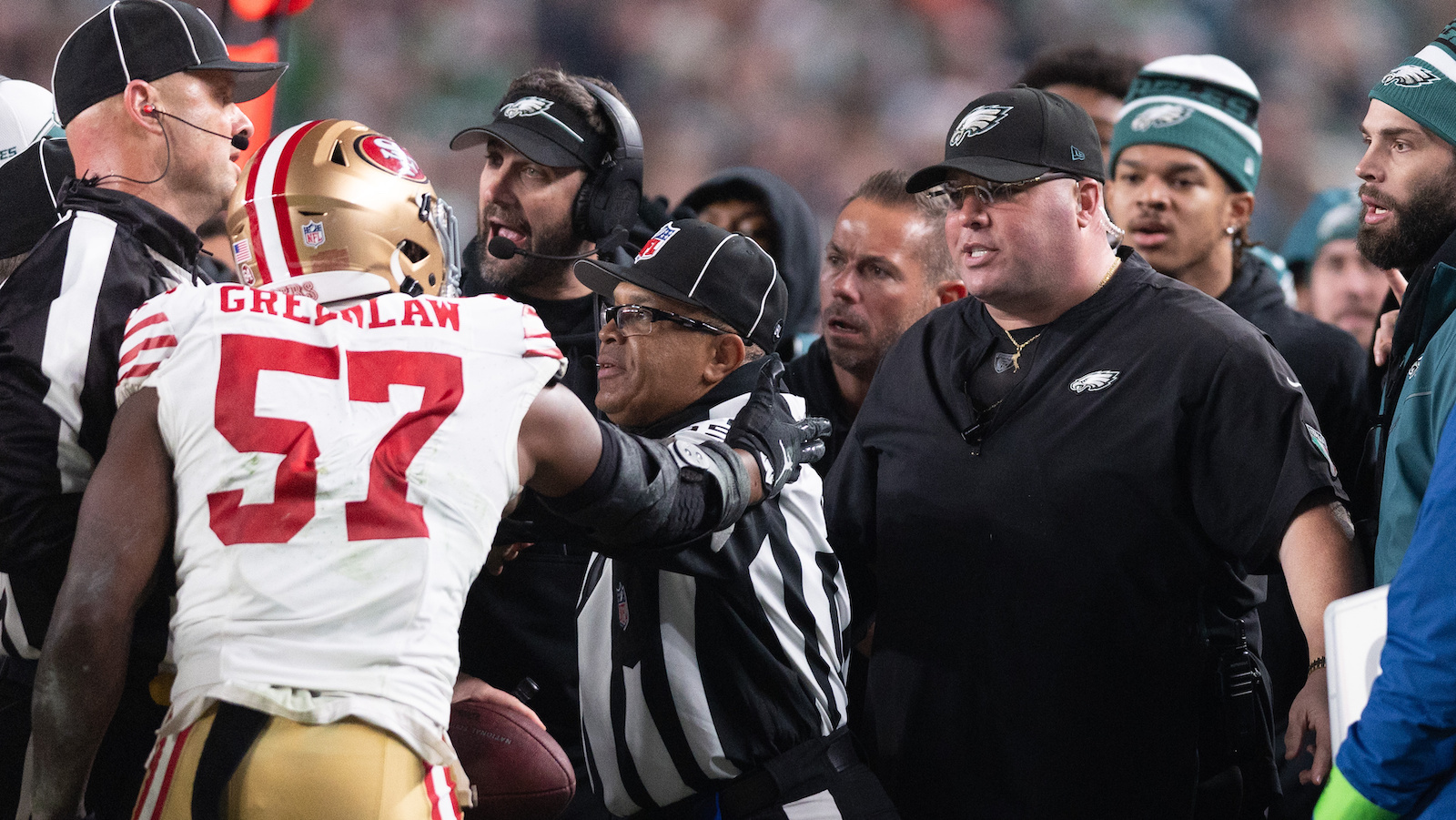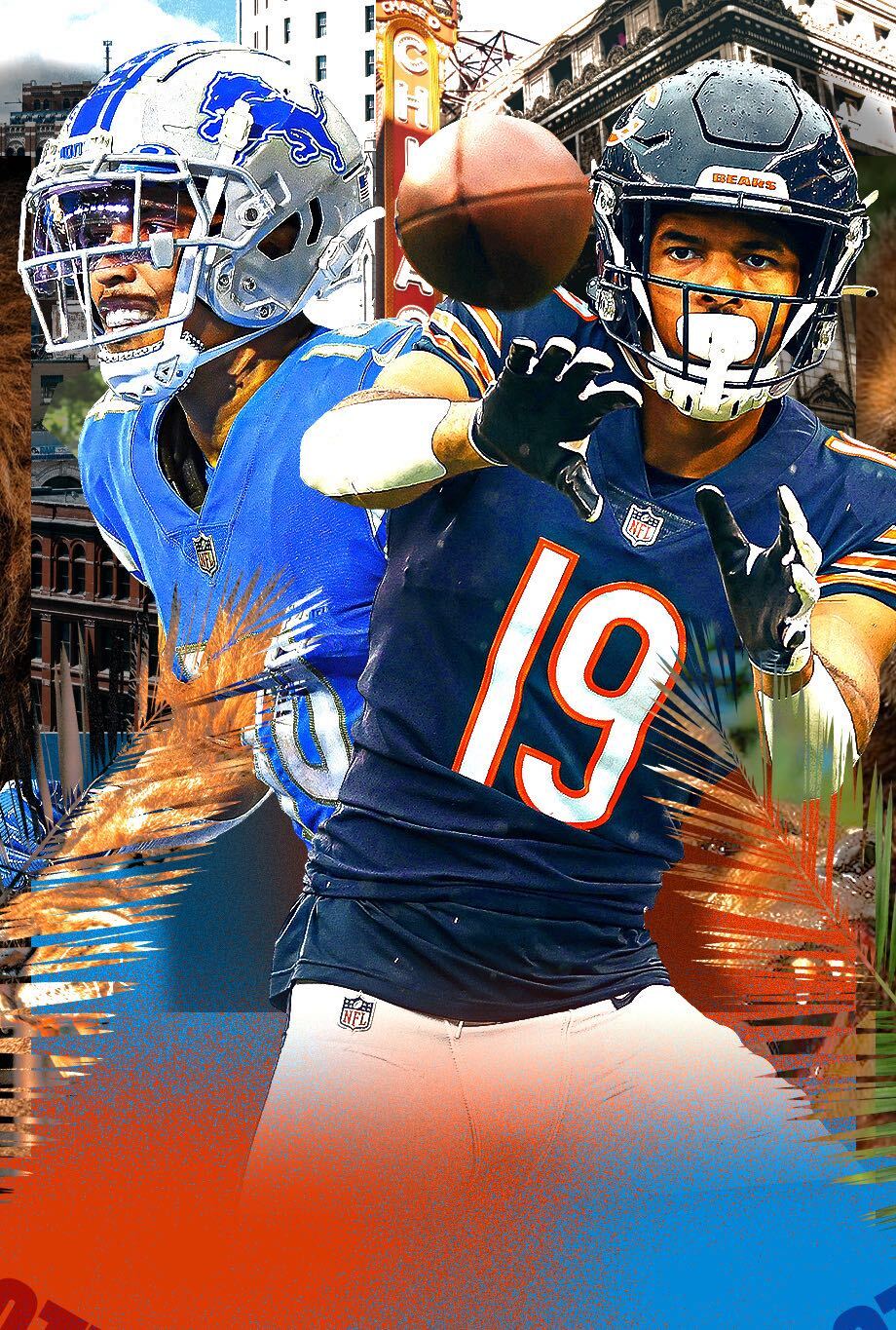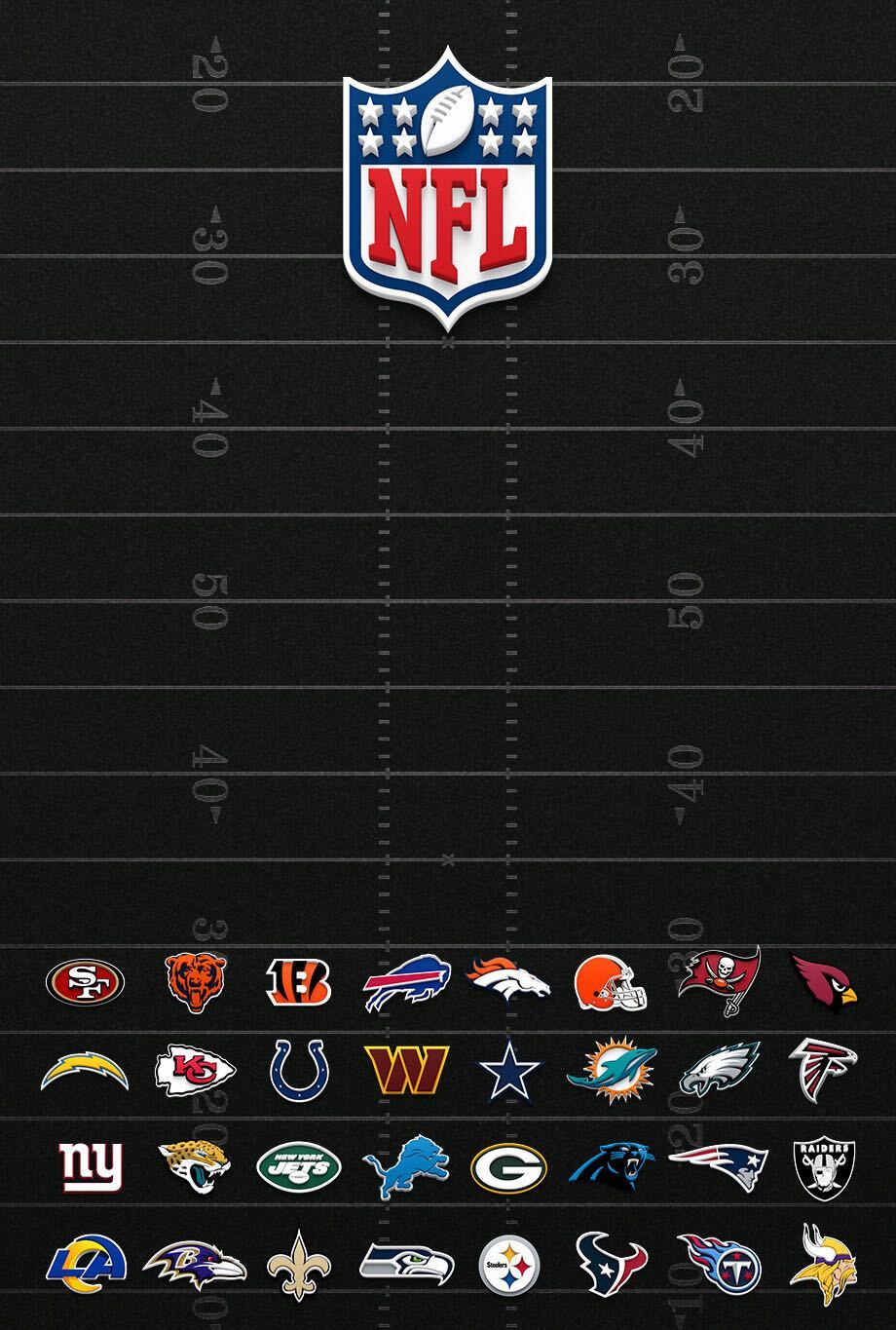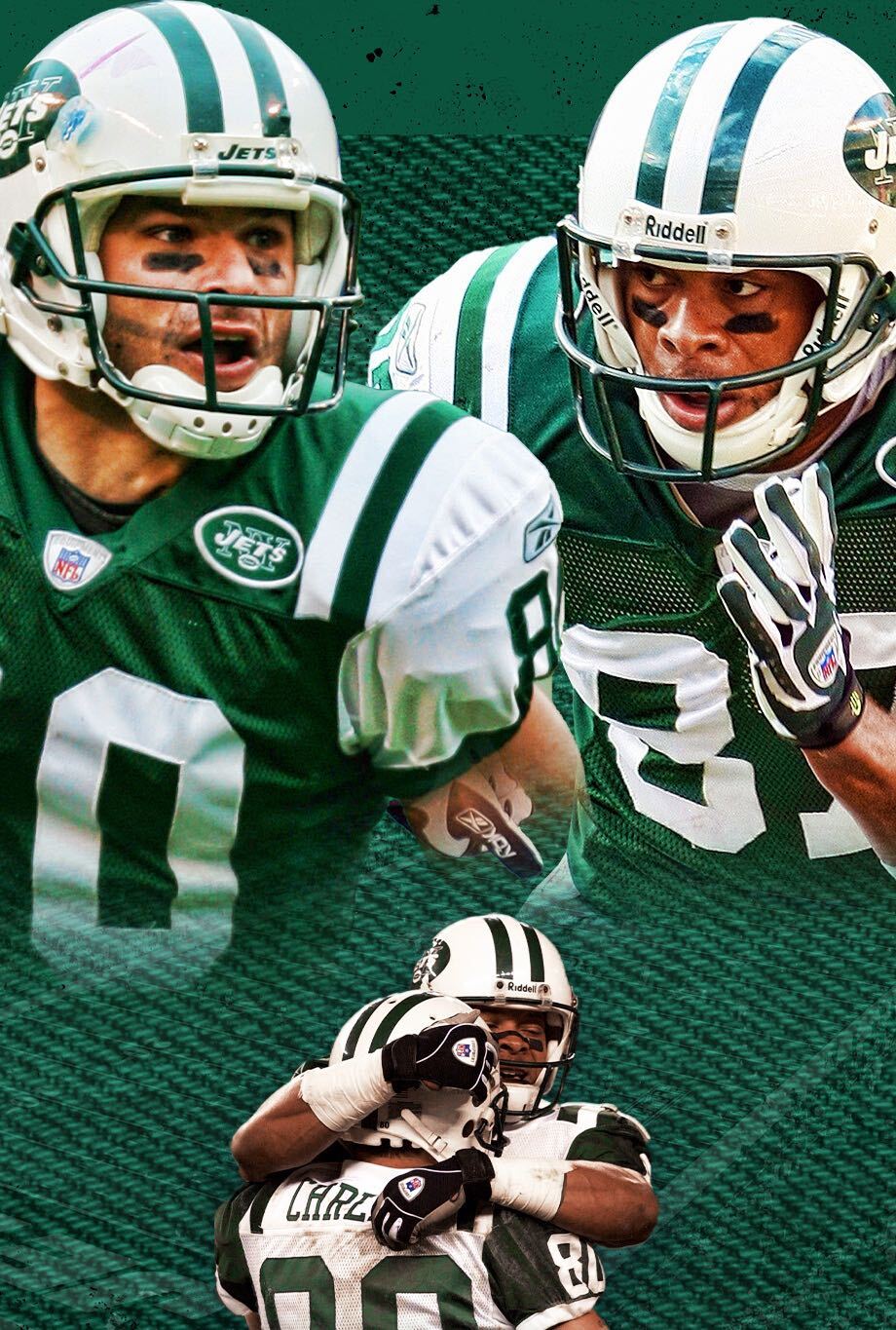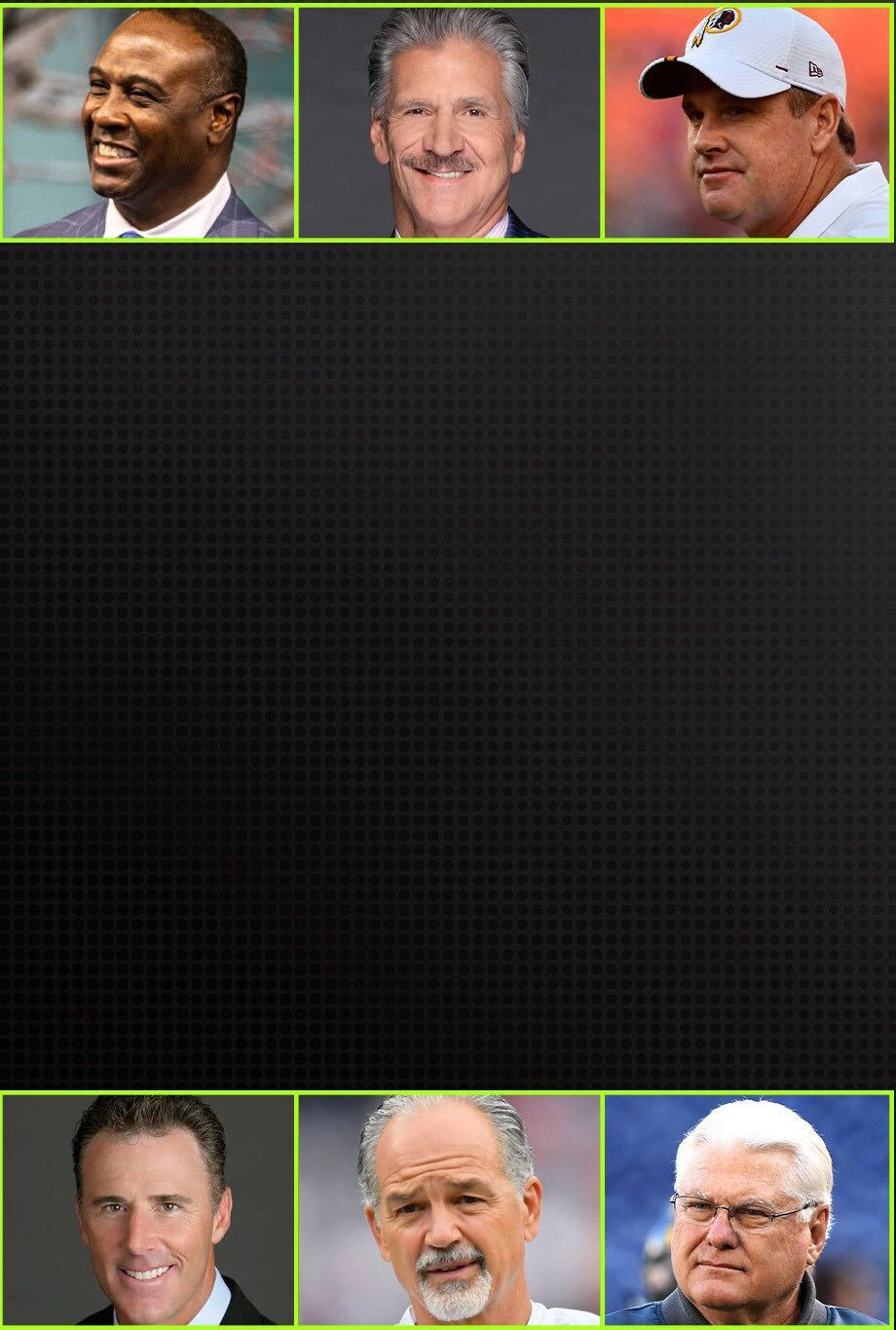How Much Can Patriots Trust Mac Jones Entering 2023?
Analysis 6/2/23
This week, the media got a peek at the New England Patriots' OTAs. Everyone likely fixed their gaze upon Mac Jones and new offensive coordinator Bill O’Brien to deduce all they could about the team’s new offense.
All signs point toward Jones having a good grip on the starting quarterback job despite some speculation he was competing with Bailey Zappe.
If the starting job is Jones’ to lose — it absolutely should be — he can devote his summer to developing familiarity with O’Brien and rebuilding the confidence he likely lost during a painful sophomore season.
What Went Wrong in 2022?
Even those who see the good in Jones, and I’m in that camp, know Jones and the offense regressed in nearly every way last season. It’s why the question: “How much can the Patriots trust Mac Jones in 2023?” is the focus of New England offseason chatter.
The macro view of that question is more compelling than the micro.
It starts with the reason this conversation is topical in the first place — how last season’s offense was structured. The non-traditional setup didn’t include an official offensive coordinator, but did have a pair of long-time Patriots assistants, Matt Patricia and Joe Judge, running the operation.
Both returned after being head coaches in Detroit (Patricia) and New York (Judge). Each had experience coordinating — Patricia on defense and Judge on special teams — but neither had experience coordinating offense or coaching quarterbacks.
It was a bold, different, somewhat mercurial plan, and it never took off. New England had a losing record, the passing offense was well into the league's bottom half, and the eye test showed Jones regressing.
Jones suffered a significant ankle injury early in the season and the Patriots possessed a mediocre collection of playmakers. Both topics need to be a part of this discussion, too.
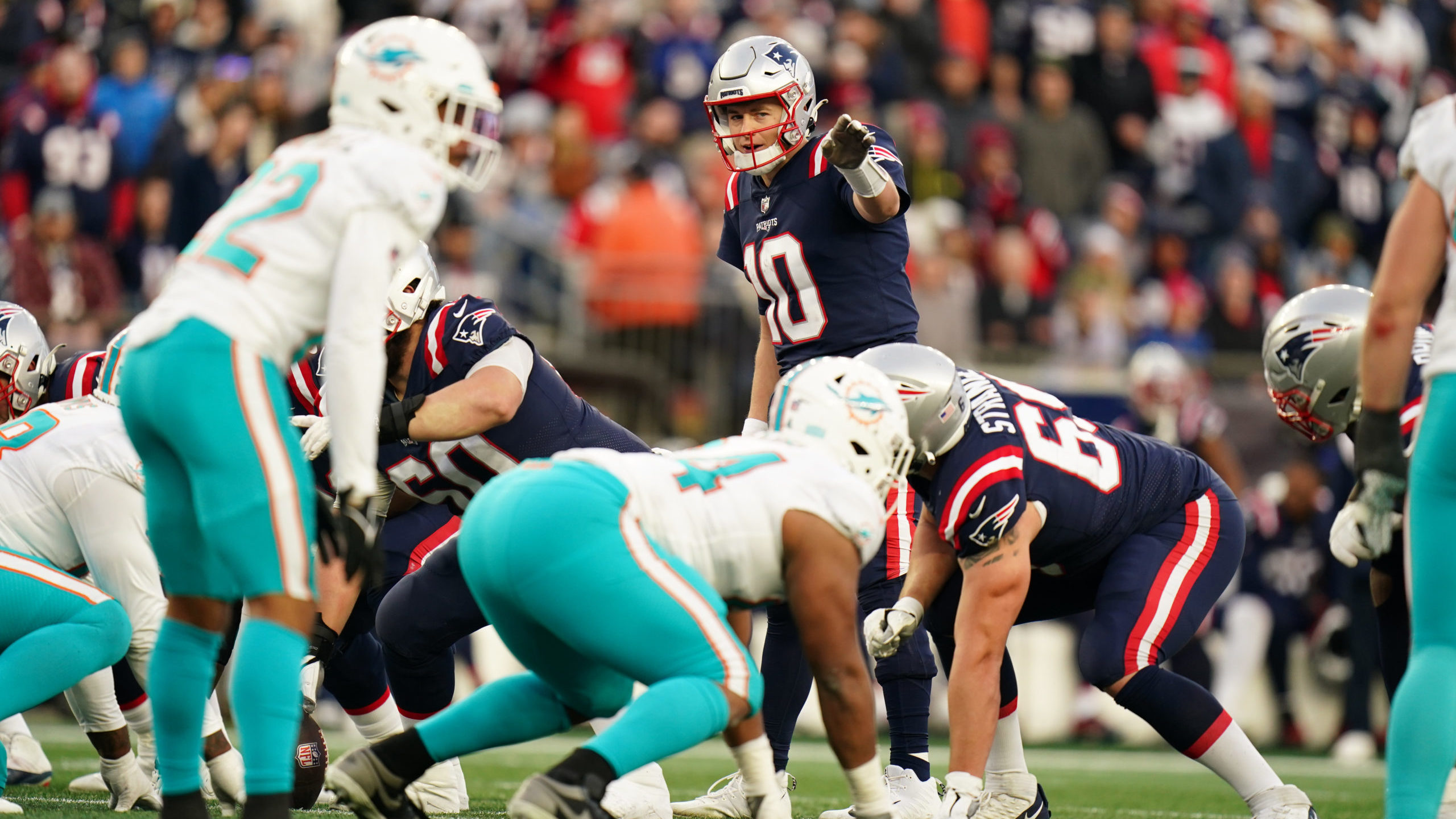
Finding a Winning Model
I found the most interesting perspective by looking outside of One Patriot Place and finding similarities in a handful of offenses that thrived with recent highly drafted quarterbacks.
Let’s start with Jones’ draft class (2021) and the first overall selection, Trevor Lawrence. His arc in Year 2 became steep in the second half of the season. Lawrence threw only two interceptions in November and December, and the Jacksonville Jaguars won their final five games to make the playoffs, winning at home in the wild-card round.
Lawrence’s play was terrific but look at his surroundings. After his rookie season, Jacksonville invested heavily in free agent pass catchers, signing Christian Kirk, Zay Jones and Evan Engram. They became Lawrence’s top three receivers, and fellow 2021 first-round pick, Travis Etienne, ran for more than 1,000 yards.
The team prioritized high-end playmakers at every skill position to boost Lawrence’s development, which paid off.
His coaching support system? Doug Pederson, a former NFL quarterback who spent time as Andy Reid’s quarterbacks coach, has a history of quarterback-friendly playcalling. Throw in former NFL head coach and offensive coordinator Mike McCoy as quarterback’s coach, and Lawrence had lots of experience to lean on from the coaches who worked closest with him.
Jalen Hurts, an early second-round pick from 2020, and Tua Tagovailoa, a top-five pick from the same class, also went from promising to productive last year. They benefited from how their organizations invested in the support system around them.
Tagovailoa had Mike McDaniel calling plays after he spent seven seasons working under Kyle Shanahan. Tagovailoa also had Jaylen Waddle, a blazing-fast first-round receiver, and Tyreek Hill, the fastest receiver in the league, scaring defenses weekly.
Hurts slam-dunked his “prove it” year because he played so well, but he must also be thankful for what the Philadelphia Eagles provided him. They brought in receivers DeVonta Smith and A.J. Brown, which paid off handsomely.
Coach Nick Sirianni put together an impressive resume focused on working with quarterbacks and calling plays. He coordinated the Indianapolis Colts’ offense for three seasons and coached quarterbacks in San Diego when Philip Rivers played at a high level.
His offensive coordinator, Shane Steichen, did such a good job he is now the Colts’ coach.
When looking back at a season and making sense of what worked and what didn’t, context and comparison are important. Lawrence, Tagovailoa and Hurts are to be commended for their play last season.
Still, their ascensions had this in common: Their teams invested in elite playmakers and placed offensive coaches next to them, many of whom spent time developing quarterbacks and designing plays.
Year 3 Improvement
That brings us back to Jones. I have two lead thoughts as we look ahead to his third season.
One, Jones has an asset he didn’t have last year in O’Brien. He has spent the last 25 years coaching offense, including stints as a head coach in the NFL and college. O’Brien is the real deal and is easy to believe in. Jones and the Patriots’ passing offense will be better because of O’Brien’s presence.
Two, I look forward to watching Jones play quarterback this season. Bear with me here.
New England’s passing “attack” was ultra-conservative last year. It was 20th in passing offense, with Jones checking in at 26th in yards per attempt. Despite that, Jones' passing efficiency wasn't impressive last season. The below chart shows Jones' ranks (bottom left quadrant) among NFL quarterbacks in key efficiency statistics.
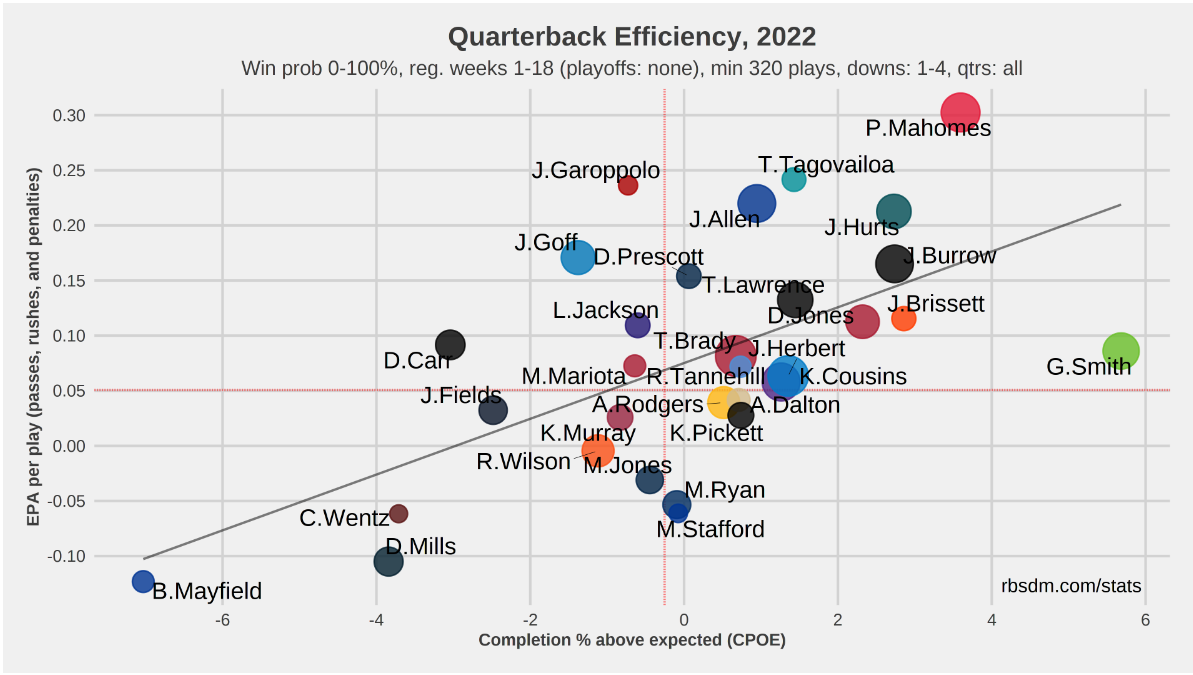
Those stats bring a pair of anecdotal memories to mind.
The first is Jones being caught with a hot mic, yelling the Patriots' quick game sucks. Second is Arizona Cardinals defensive coordinator Vance Joseph saying the Patriots’ offense was “like a defensive guy is calling offense” after their December matchup.
New England’s passing attack centered around finding ways to throw the ball behind the line of scrimmage. It emphasized screens and quick hitters to backs, receivers and tight ends, staples of the less-than-aggressive weekly plans. To get a read on who Jones is, we need to see him drop back — with four or five receivers — read the defense, and let it rip 20-30 times per game.
That needs to happen with an empty backfield one play, an I backfield in a run-heavy formation the next and three wideouts split to one side the next. Wash, rinse, repeat.
The run game doesn’t need to be ignored — heck, it can lead the way. But when it comes to passing, Jones needs to be given a chance to drop back, read and release. His opportunities in that area were limited last year.
Jones’ raw talent is average, but he’s not conservative by nature or risk-averse. Actually, I think the opposite. Jones is not afraid to try and fit one in there, and his intermediate-level passing and touch are strengths.
If he’s going to claim this year as an individual win, it will be because of his decision-making and ball placement in the areas of the passing game between the quick game and the deep shots. O’Brien will give him opportunities to sink or swim in that category.
The cast of playmaking characters around Jones isn’t elite, but it should be better than last year. JuJu Smith-Schuster and Mike Gesicki are in the mix, and many young receivers are waiting to break out.
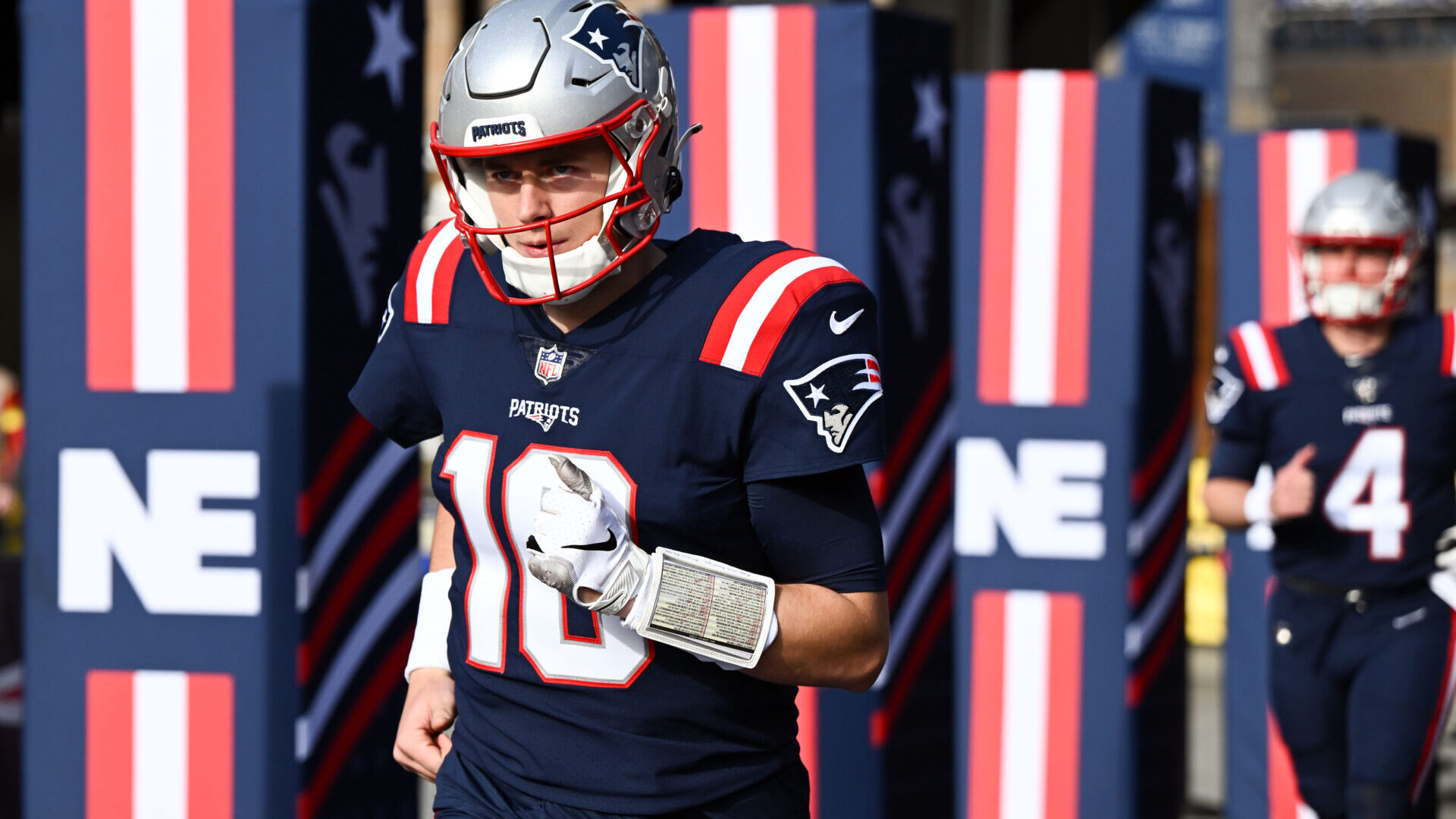
Final Thoughts
So, how much can the Patriots trust Jones this season? Let’s see him with an attacking game plan before deciding if New England can trust him long-term.
He’ll be better than last season, and we’ll see a version of him that builds off his modest rookie-year success instead of spiraling from 2022’s disappointment.
However, there also is the stark reality of what’s happening around Jones in the AFC East. He could be a few standard deviations better than a year ago, and New England could still have the fourth-best passing offense in the division.
I picture more points on the Patriots’ horizon, but it might not be good enough in such a talented AFC East.
Paul Burmeister, a former starting quarterback at Iowa, is a studio host with NBC Sports and the radio voice of Notre Dame Football. For a decade he worked as a studio host at NFL Network. Follow him on Twitter at @PaulWBurmeister.

